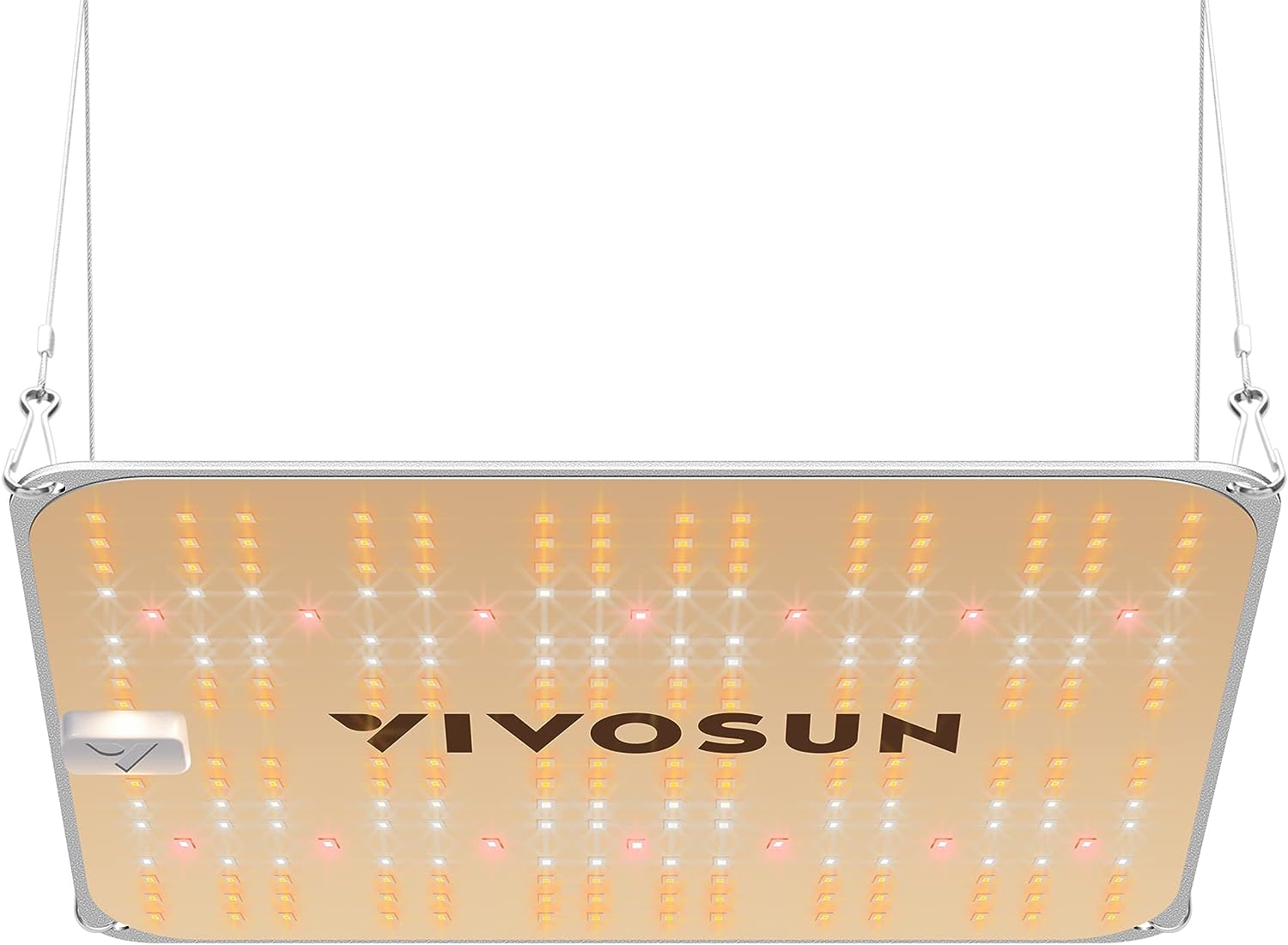Unveiling the Mysteries of LED Grow Lights: A Comprehensive Guide for Beginners
In the world of indoor gardening, providing your plants with the right lighting conditions is of paramount importance. LED grow lights have emerged as a revolutionary tool that mimics the sunlight, offering the plants everything they need to grow lush and healthy indoors. In this section, we delve deep into the intricacies of LED grow lights and guide you in selecting the right size for your grow tent.
The Many Faces of LED Grow Lights
LED grow lights come in various configurations and features to suit different types of indoor growing needs. Here’s a glimpse into the various kinds available:
Full Spectrum LED Lights: These lights cover all stages of plant growth, from vegetative to flowering, mimicking the natural sunlight. They provide a balanced light spectrum, which includes blue, red, and sometimes white and UV lights.
Adjustable Spectrum LED Lights: These lights allow you to control the spectrum according to the growth stage of the plant. With adjustable spectrum lights, you can tailor the light output to encourage vegetative growth or flowering as needed.
COB (Chip on Board) LED Lights: They house multiple LED chips in a small area, creating a powerful and intense light source that penetrates deeper into the canopy, promoting robust plant growth.
Quantum Board LED Lights: These are thin, flat LED lights that distribute light evenly across the canopy. They are known for their efficiency, lower heat output, and longer lifespan.
Determining the Right Size of LED Grow Lights
Selecting the appropriate size of LED grow lights is a crucial aspect of setting up a successful grow tent. Here’s a step-by-step guide to help you make an informed choice:
Step 1: Calculate the Grow Area
Measure the area of your grow tent in square feet. Typically, this is done by multiplying the length and width of the grow space.
Step 2: Understand Light Intensity Needs
Different plants have different light requirements. Generally, you would need about 32-50 watts of actual power per square foot for most plants. Cannabis plants, for instance, thrive under higher light intensities, ranging from 50-80 watts per square foot.
Step 3: Check the Wattage
Find out the actual wattage of the LED light, not the equivalent wattage. This will give you an accurate idea of the power the light can deliver.
Step 4: Do the Math
Using the formula:
Total LED Watts=Grow Area (in square feet)×Watts per square footTotal LED Watts=Grow Area (in square feet)×Watts per square foot
calculate the total wattage needed for your grow space.
Tips and Suggestions
Light Distance: Maintain appropriate distance between the plants and lights to prevent light burn. This distance varies depending upon the growth stage and the power of your light.
Light Coverage: Ensure the LED light you choose provides even coverage to avoid creating hotspots or areas with insufficient light.
Dimmable Function: Choose LED lights with dimmable function which allows you to control the intensity according to the plant’s stage of growth.
Heat Dissipation: Consider LED lights with good heat dissipation features to prevent overheating and ensure the longevity of the lights.
Conclusion
LED grow lights stand as an essential tool in indoor gardening, facilitating optimal growth conditions all year round. By understanding the types of LED grow lights available and learning to calculate the correct size for your grow tent, you are paving the way for a fruitful and satisfying indoor gardening journey. Remember, the goal is to recreate the best aspects of sunlight within your grow tent, promoting vigorous, healthy plant growth from seed to harvest.
Happy growing!


Recent Comments